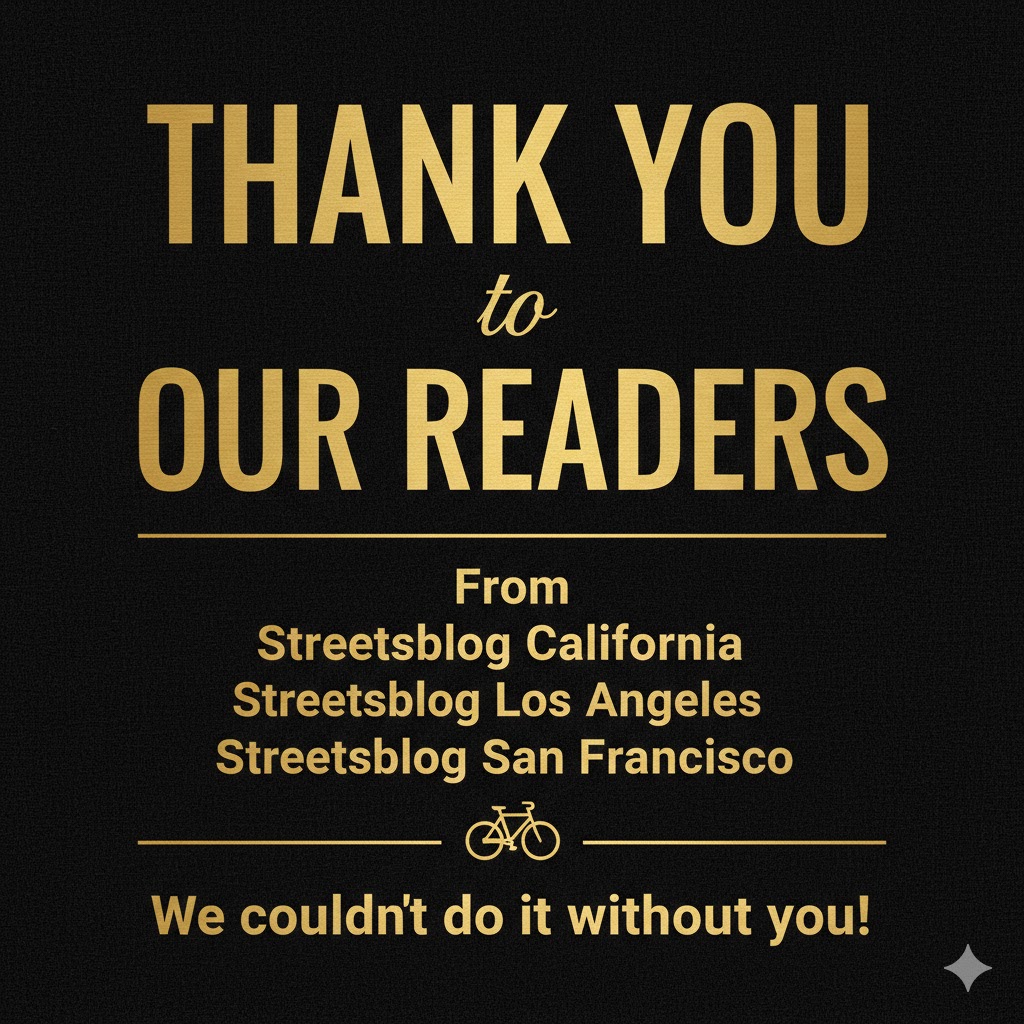Note: GJEL Accident Attorneys regularly sponsors coverage on Streetsblog San Francisco and Streetsblog California. Unless noted in the story, GJEL Accident Attorneys is not consulted for the content or editorial direction of the sponsored content.
One of the hallmarks of the Active Transportation Program, the main state source of funding for bike and pedestrian projects, is a rigorous evaluation process that uses teams of informed people to score applications for the program funding as objectively as possible. To that end, staff needs a large pool of people from everywhere in the state, and every kind of neighborhood, from urban to suburban to rural, from valley to mountain to beach, from north to south, east to west.
Evaluators need to somehow be involved in active transportation in California and "should have knowledge of transportation infrastructure projects and/or non-infrastructure projects and planning processes," according to the California Transportation Commission, which oversees the program. Staff is looking for a broad range of expertise. In past funding cycles, evaluators have included advocates, engineers, planners, policy experts, public health professionals, and members of the public. To avoid conflicts of interest, consultants and contractors working on projects applying for grants will not be selected.
CTC staff hope to have about 100 evaluators, but the total number will depend on how many applications they ultimately receive. Each ATP application is reviewed by a team of two evaluators, and staff try to have enough people so that each team reviews around twelve applications.
If selected, volunteer evaluators must attend one three-hour training, via webinar, some time in August. Then, beginning in late September, they will begin scoring and commenting on applications, meet with their partner evaluator to agree on a consensus score, and participate in a phone debriefing with CTC and Caltrans staff sometime by the end of November. The time spent on each application varies, but averages about an hour to an hour and a half.
To get an idea of what is expected, see sample scoring rubrics here. And here are frequently asked questions about being an evaluator [PDF].
The ATP is the only transportation funding program that includes such a rigorous scoring process, which has arisen in part because there is a lot more demand for the grants than there is money to give out. But the process is rigorous as well because the ATP grants are required to achieve a long list of state goals, unlike other transportation funding programs.
Not only are ATP projects expected to transform the experience of bicycling and walking, they must increase safety for users and increase the proportion of trips - not just the number of trips - made by more sustainable modes, which is a heavy lift for any single project. They must also help regions meet greenhouse gas reduction goals, respond to past injustice in state investments by providing benefits to communities that have been neglected in the past, and provide benefits to many active transportation modes, not just a single one.
These are not impossible requirements, but they do make the application process arduous, and the scoring process vital to get right. The more participation there is in the scoring, from the widest possible diversity of evaluators, the better the end result will be.
Those interested in being an evaluator should send their name, agency/organization, and job title to Beverley.Newman-Burckhard [at] catc.ca.gov by July 13, 2020.
Note that the deadline for 2021 ATP Cycle 5 applications has been moved back three months, to September 15. For Quick-Build grants, applications are due on July 15, but these pilot projects will not go through the same evaluation process this time around.






